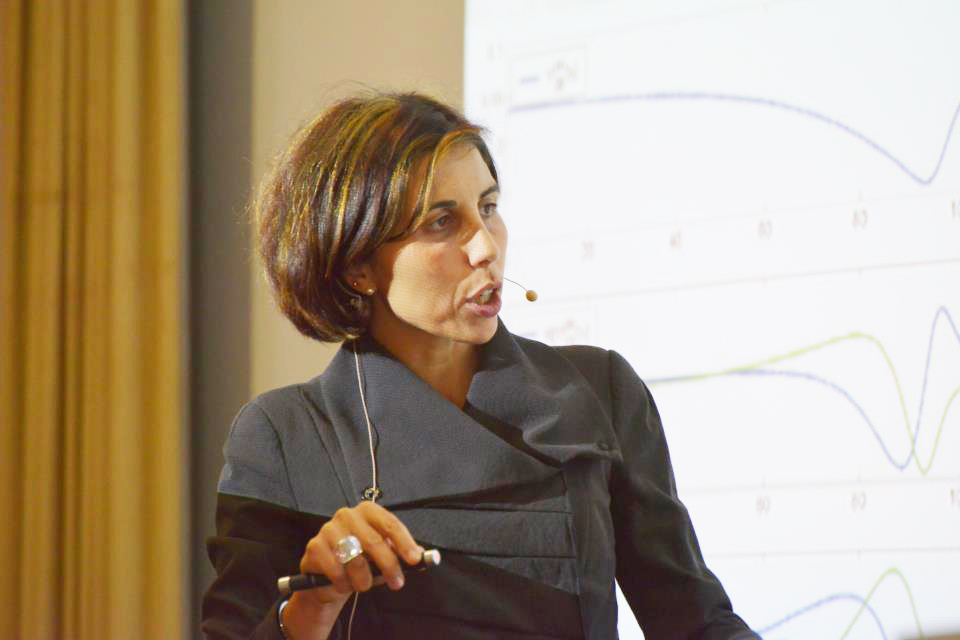
On April 10th, the EHT Event Horizon Telescope project - an international collaboration - presented the first direct visual proof of a black hole and its shadow, an image that toured the world, dominating the front pages of newspapers. The EHT is an international project that was established with the aim of studying the environment surrounding Saggitarius A*, the supermassive black hole situated at the centre of our galaxy (the Milky Way), as well as the M87* black hole at the centre of the supergiant elliptical galaxy Virgo A, which is reconstructed in the image. The construction of the EHT and the results obtained represent the culmination of decades of observational, technical, and theoretical work: a piece of global teamwork that required close collaboration by researchers around the world. Led by Harvard University's Sheperd Doeleman, the EHT collaboration involves more than 200 researchers from Africa, Asia, Europe, and North and South America. Supported by significant international investment(1), the project connects existing telescopes using new systems, creating a fundamentally new instrument with the highest angular resolving power that's ever been obtained. The US National Science Foundation (NSF), the European Research Council (ERC) and East Asian funding agencies provided the key financial support. Italy made scientific contributions through INFN and the University of Naples Federico II, and the Italian National Institute for Astrophysics (INAF). The telescopes involved in this achievement were ALMA, APEX, the IRAM 30-metre telescope, the IRAM NOEMA Observatory, the James Clerk Maxwell Telescope (JCMT), the Large Millimeter Telescope Alfonso Serrano (LMT), the Submillimeter Array (SMA), the Submillimeter Telescope (SMT), the South Pole Telescope (SPT), the Kitt Peak Telescope and the Greenland Telescope (GLT). We asked Mariafelicia De Laurentis, INFN researcher and Professor at the University of Naples Federico II, who is part of the EHT collaboration and contributed to the research, to explain to us the scientific and technological significance of the results and how they were achieved.
What does this image represent?
With this "photograph", we have the first direct visual proof of a black hole and its shadow. It is the image of the event horizon of the supermassive black hole that has a mass equivalent to 6.5 billion solar masses and is located 55 million light years from the Earth, at the centre of the Messier 87 galaxy in the nearby Virgo Cluster. In particular, we see an incandescent ring in the image that surrounds a dark region.
...

On April 2nd, INFN [the Italian Institute for Nuclear Physics] and the National Research Foundation (NRF) signed a Memorandum of Understanding with iThemba Laboratory for Accelerator Based Science in Cape Town, South Africa. The agreement reaffirms the long collaboration between INFN and the principal South African nuclear physics research laboratory but is also more broadly important in representing a significant new step for scientific cooperation between Italy and South Africa....
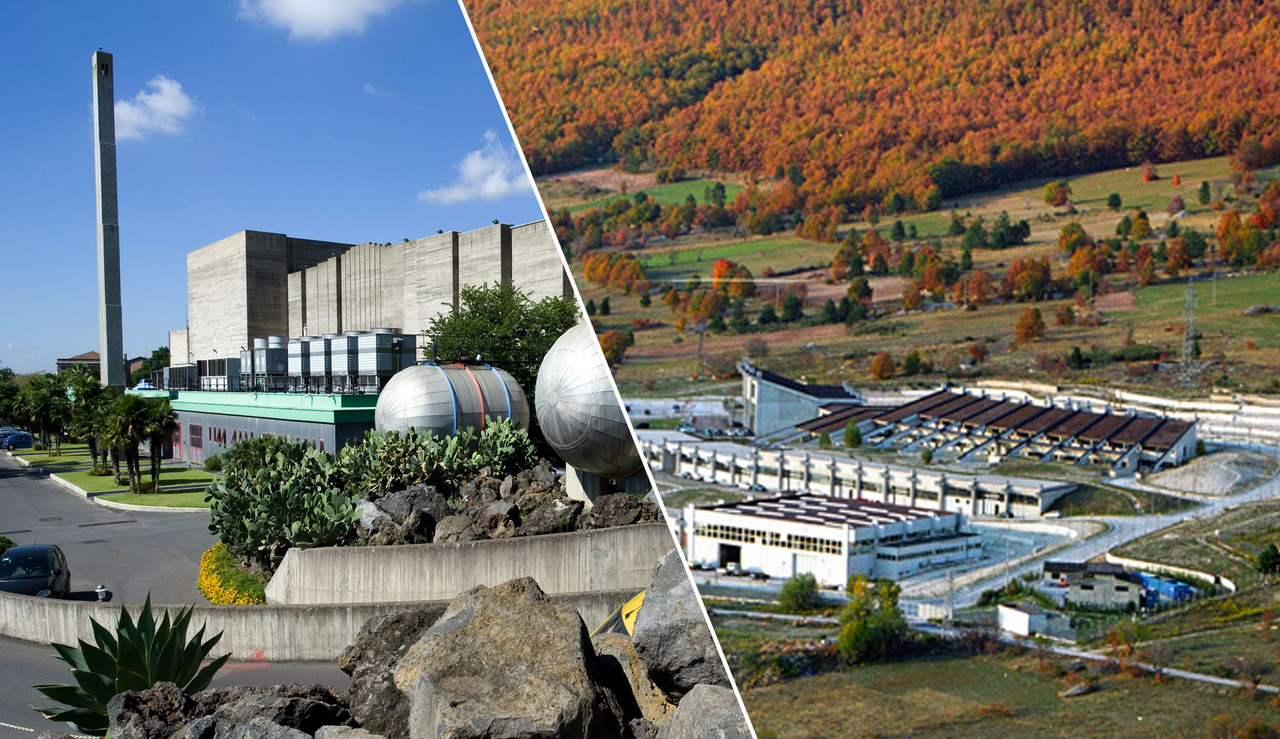
Eight research facilities affiliated with INFN, as applicant or partner, will receive almost 70 million euros in total funding from the PON [Italy's National Operational Programme for Research and Competitiveness] "Research and Innovation 2014-2020" fund, as part of Italy's Ministry of Education, Universities and Research's (MIUR) National Programme for Research Infrastructure (PNIR). ...
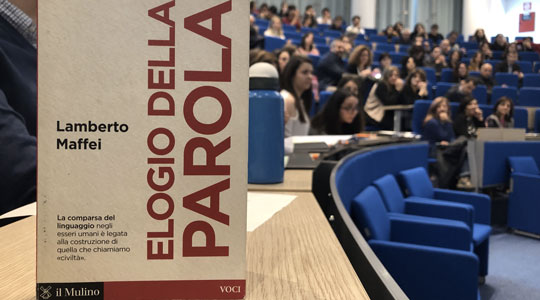
Lamberto Maffei's book tells the story of science via a hymn to our species' greatest evolutionary advantage, the word: it is a heartfelt invite to recognise the value of the word, to use it, and to love it. Entitled ‘Elogio della parola’ - In Praise of the Word (published by Il Mulino), the work won the fourth edition of the Asimov Prize, having been selected by a jury of thousands of secondary school students from 11 Italian regions. It was judged best cultural or popular scientific book published in the last two years in ...
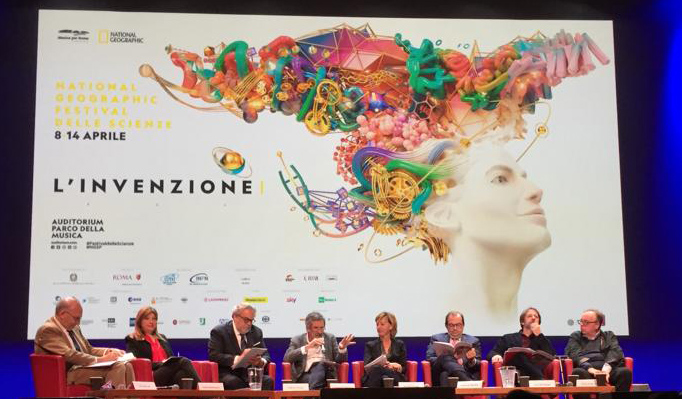
The 14th edition of the National Geographic Science Festival closed mid-April having attracted 70,000 visitors. INFN contributed to the festival with a full schedule of events and activities. More than 500 events – from conferences, to shows, to exhibitions, to interactive and laboratory exhibits – allowed visitors to explore the theme of the Invention. It was a celebration of three particularly important anniversaries: 500 years since the death of Leonardo da Vinci, the 50th anniversary of the moon landing, and 150 years since the invention of the Periodic Table. ...
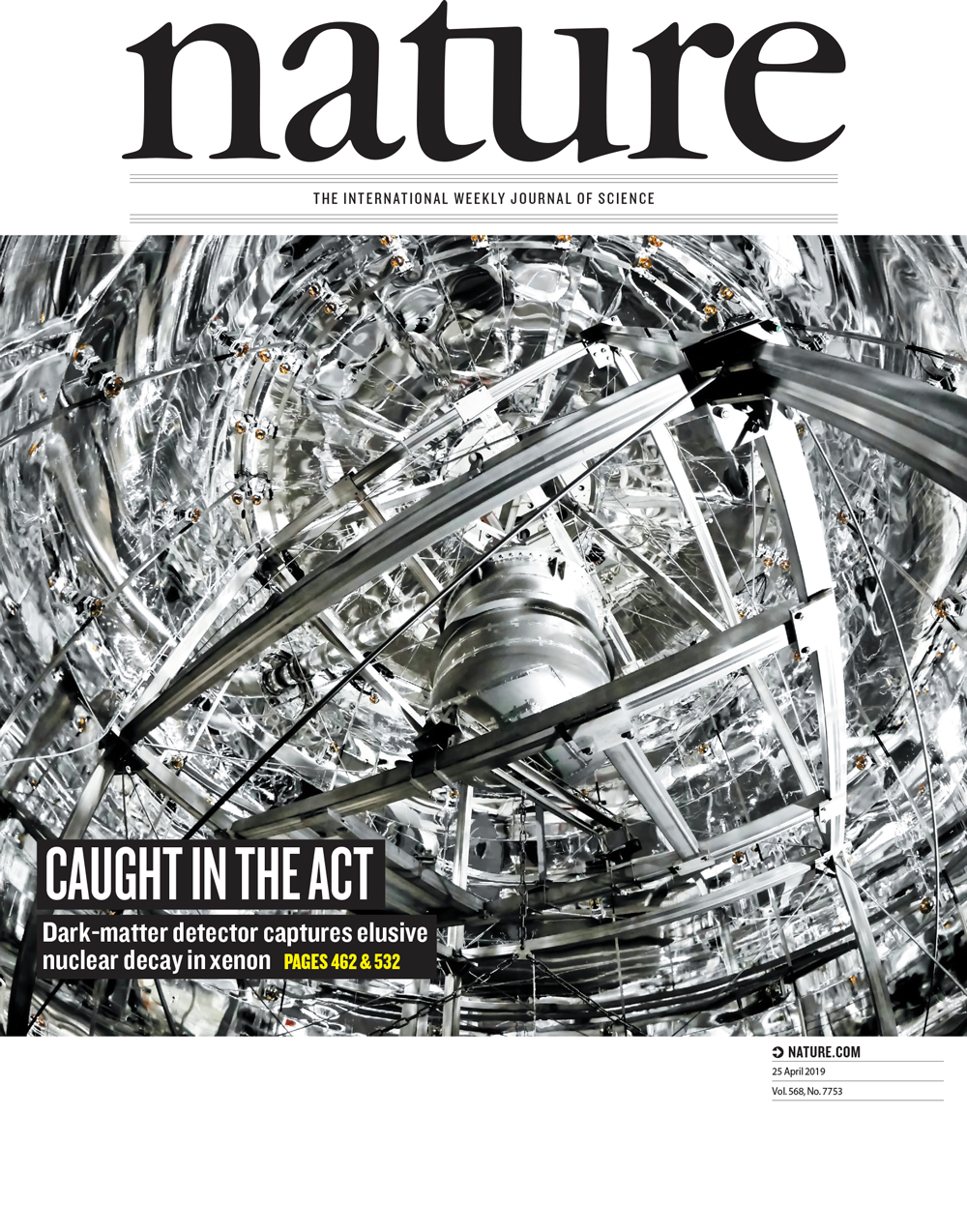 XENON1T MEASURES
THE RAREST DECAY PROCESS EVER OBSERVED
IN THE UNIVERSE
XENON1T MEASURES
THE RAREST DECAY PROCESS EVER OBSERVED
IN THE UNIVERSE
The universe is almost 14 billion years old. An inconceivable length of time by human standards, yet compared to some physical processes, it is but a moment. There are radioactive nuclei that decay on much longer time scales. XENON1T, a detector for the search of dark matter at INFN Gran Sasso National Laboratory, has now directly measured for the first time the so-called double electron capture of xenon-124, that is the rarest decay process ever recorded in a detector. The half-life measured for xenon-124 - the time after which half of the radioactive nuclei have decayed away - is about one trillion times longer than the age of the universe. The new result, published on April 25th on Nature, provides information about the nuclear structure relevant for further investigations on rare processes. XENON1T has as its main scientific goal the direct search for dark matter in the form of WIMP (weakly interacting massive particles), and is currently the largest detector ever made for this purpose, with a sensitive mass of 2 tonnes of xenon, and at the same time it presents the smallest background ever obtained. Thanks to these characteristics, since 2017 it is the most sensitive experiment for WIMP search. It is based on a time projection chamber with liquid/gas xenon: it is a cylindrical detector, about one meter in diameter and height, filled with liquid xenon at a temperature of -95 °C. In XENON1T the interaction of a particle with a xenon nucleus is given by a weak flash of scintillation light accompanied by a few electrons, which are converted into a flash of light once in the gaseous xenon. Both light signals are recorded thanks to ultra-sensitive photosensors, and allow information on the 3D position and energy of each event. ...
cover image:
The first image of a black hole, which is located in the M87 galaxy, at a distance of 55 million light years from Earth (source: EHT collaboration)
INFN - COMMUNICATIONS OFFICE
comunicazione@presid.infn.it
+39 06 6868162
Coordination:
Francesca Scianitti
Project and contents:
Eleonora Cossi, Francesca Mazzotta, Francesca Scianitti, Antonella Varaschin
Graphic design:
Francesca Cuicchio
Translation
ALLtrad
ICT service:
Servizio Infrastrutture e Servizi Informatici Nazionali INFN